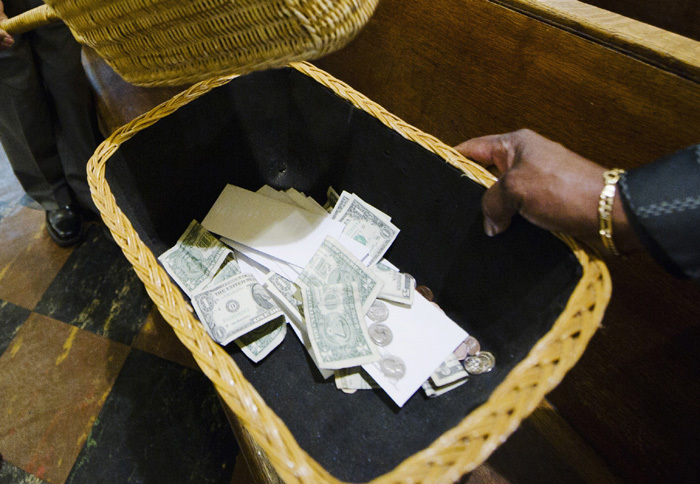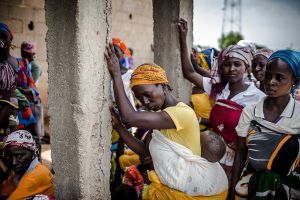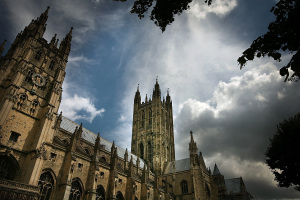Most evangelical churches say donations have grown, stayed same despite lockdowns

Optimism is beginning to return to evangelical churches and organizations in the U.S. as a majority of them saw cash donations growing or remaining the same during the peak of the coronavirus pandemic in April compared with the same month last year, according to a survey.
Asked how total cash donations, excluding one-time extraordinary gifts, changed for them between April 2020 and April 2019, 66% of churches and 59% of “Christ-centered nonprofits” said it was higher than or the same as April 2019, shows the survey by Evangelical Council for Financial Accountability.
Asked how donations changed between April 2020 and January 2020, when a pandemic of this magnitude was not even imaginable, 72% of churches and 61% of nonprofits said it was higher than or the same as January, adds the survey, conducted between May 12 and May 27 with 1,341 leaders of evangelical churches and nonprofits.
“The optimism documented in January is already beginning to return,” said Warren Bird, ECFA vice president of Research and Equipping, in the survey report.
Despite financial challenges, 69% of churches and 46% of nonprofits said they are optimistic about giving over the next three months — May to July.
Ministries that do evangelism are most optimistic about future cash donations, at 62%, and ministries providing education are least optimistic, at 29%.
The study also shows that the role of online giving increased for churches, but remained largely unchanged for other nonprofits. While 64% of churches saw an increase in online giving, 34% saw no change.
Most surveyed churches and ministries have applied for loans through the Trump administration’s Paycheck Protection Program, which is intended to help small businesses and nonprofits weather coronavirus-related shutdowns. And most churches and nonprofits said they have no plans to change staffing levels over the next three months.
“Rough and uncertain waters are still ahead for some, particularly summer camps, schools, short-term missions, and other ministries involving near-term travel and large in-person gatherings,” said Bird. “Yet the responses in this report indicate the impact of the pandemic to date is reasonably manageable.”
Churches also helped each other financially.
The Churches Helping Churches Challenge, launched by the AND Campaign and other Christian organizations on April 3, urged larger, more stable churches to assist at-risk churches in their own community. It also created the COVID-19 Church Relief Fund to provide $3,000 grants to help congregations in need.
In a little over a month, the initiative’s Relief Fund raised nearly $650,000 from 1,371 individuals and ministries, with 100% of all funds donated going directly to churches.
Meanwhile, the United Methodist Church saw a steep decline in giving during the month of April.
At the end of May, the UMC General Council on Finance and Administration held an online meeting to discuss the drop in giving after large numbers of UMC congregations were closed due to coronavirus-related restrictions on religious services. Collections for the month of April were down 26% compared to the same time last year, as well as being 45% lower than in 2017.
Another factor given for the drop in giving was the denomination’s ongoing debate over LGBT issues, specifically whether the UMC should continue to adhere to the belief that homosexuality is “incompatible with Christian teaching.”





























